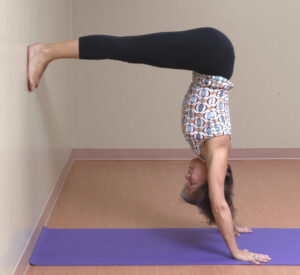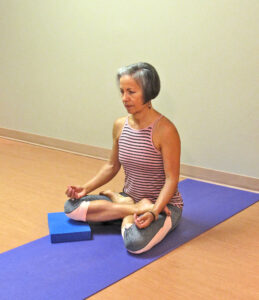Last week my blog illustrated yoga actions and poses aimed at freeing physical and emotional tension held within your pelvic bowl. The yoga action utilized to ease this tension involved drawing breath into the back edge of the pelvic diaphragm. This week, we are moving up the torso to the respiratory diaphragm, which is your breathing muscle.
The importance of freeing the respiratory diaphragm to maximize your breathing capacity cannot be understated. You may recognize the following statement — where the breath goes, energy flows. That flowing energy — life-force, blood and nutrient circulation, etc. — is fundamental for both surviving and thriving your daily experiences. To prove my point, try this breath test.
Close your eyes and attempt to draw your next inhaled breath down into your right thumb. If you are able to do this, you will feel the breath’s sensation as it travels down your throat, along your right collar bone into your right shoulder, and down your upper and lower arm to finally rest in your thumb. For those of you who were less successful noticing sensation, you may have felt the breath’s movement only to the collar bones or the upper arm.
Remember, wherever the breath is not freely flowing (you can’t feel its movement), this indicates a restricted flow of energy. This also signals where you hold your physical and emotional tension. Our pelvis and rib cage (heart space) are notorious storage vats for suppressed and unresolved emotions.
The human heart space is encased by the rib cage, which protects your lungs, heart and respiratory diaphragm. The parachute-shaped respiratory diaphragm attaches to the xiphoid process in the front body and along the lower border of the side and back ribs. For the purposes of this yoga practice, imagine the back body attachment is located at the thoracic-lumbar joint. For each yoga pose illustrated below, use the following yoga action to bring breath into the back of the heart space allowing the diaphragm to expand sideways as well as front to back.
YOGA ACTION: Draw your inhaled breath into the back edge of your respiratory diaphragm. Can you feel the breath wrap around your side body and travel into your xiphoid process?
If this is not occurring for you, imagine the inhaled breath travels from the back edge around the left circumference of your inner rib cage to the xiphoid. With your next inhale, use your awareness to repeat the same action along the right circumference of the diaphragm. Notice which side is more open to the breath.
NOTE: As you work through the sequence of poses, be aware of the sensations as well as emotions that arise. Yoga’s purpose is to reveal what is already there so you can decide what, if anything, now needs to occur.
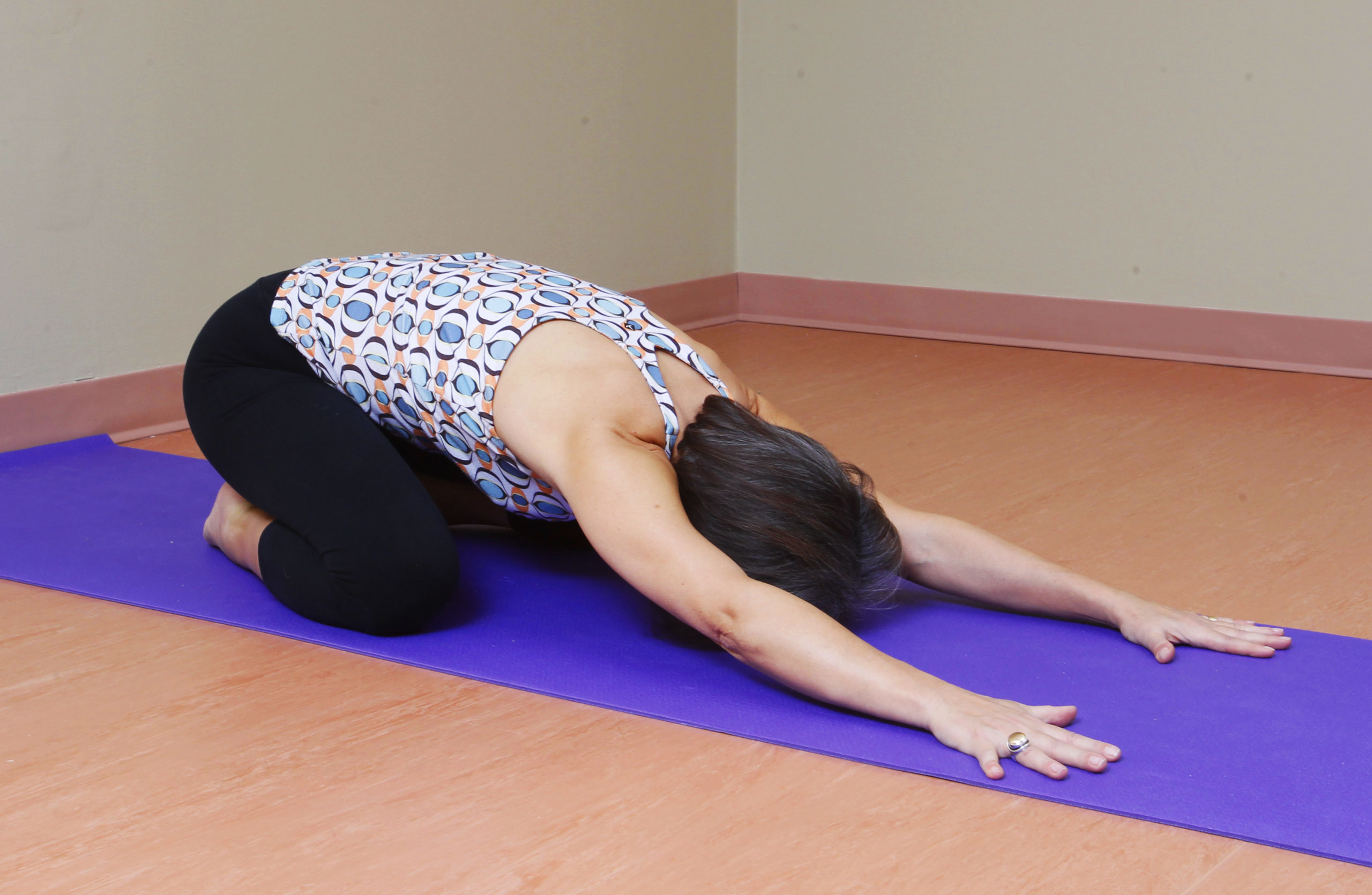
BALASANA (Child’s Pose) 30 Breaths
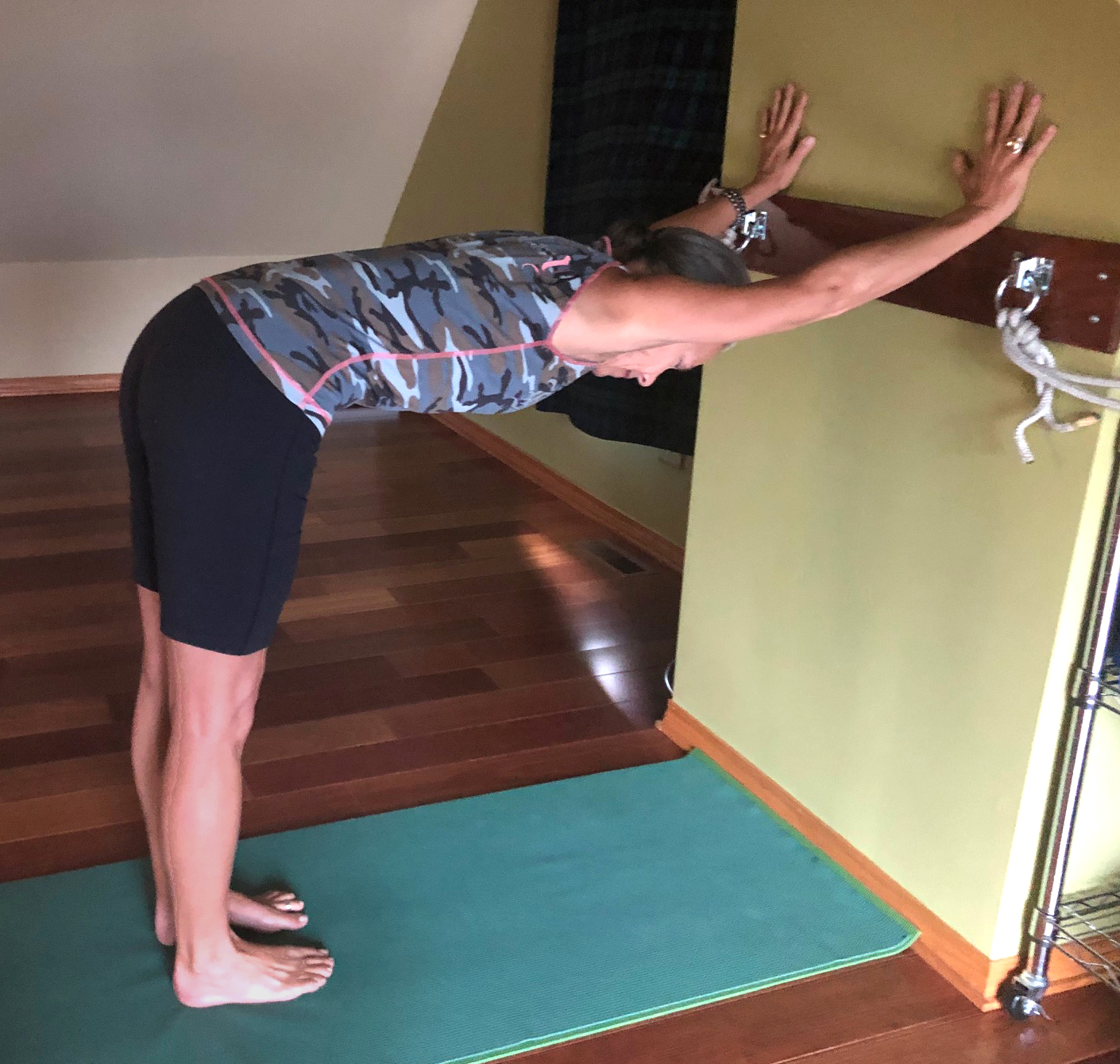
WALL STRETCH 10-15 Breaths
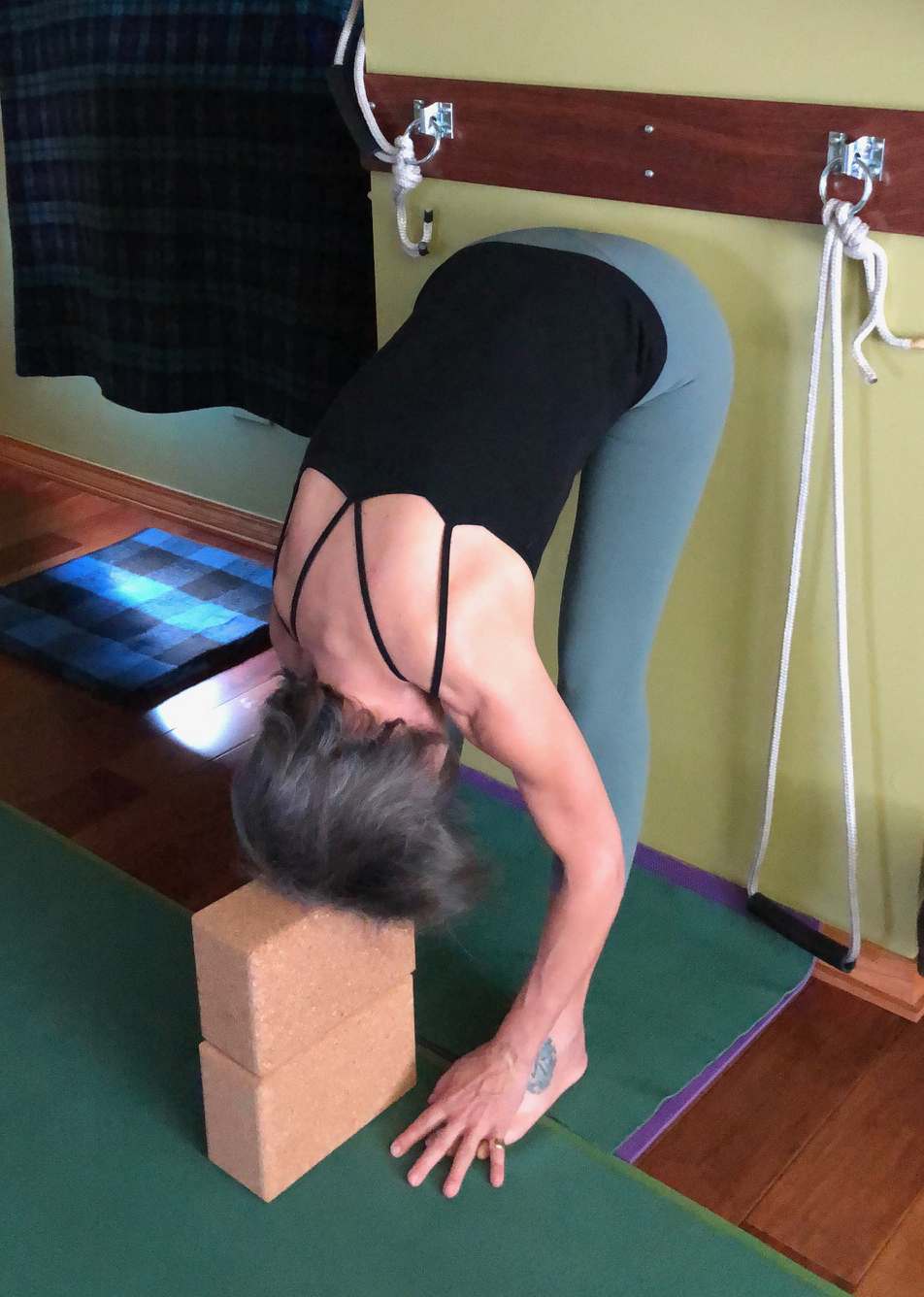
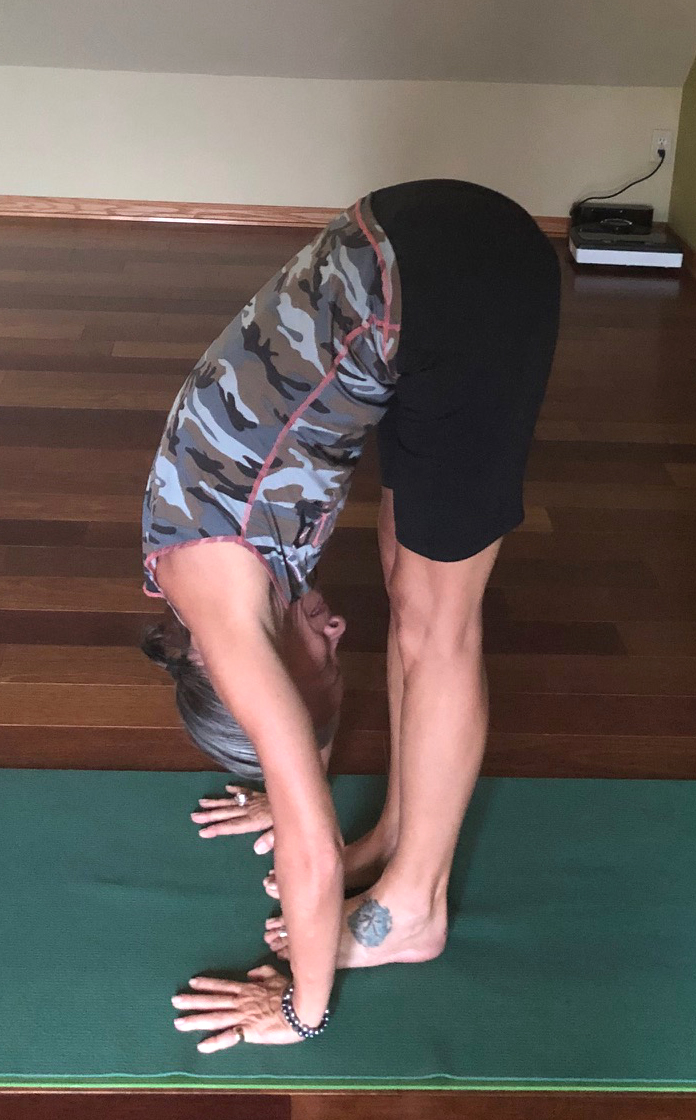
UTTANASANA (Standing Forward Fold)
1) SUPPORTED 20 – 30 Breaths => 2) FULL 10 – 20 Breaths
– rest in Tadasana for 10 Breaths
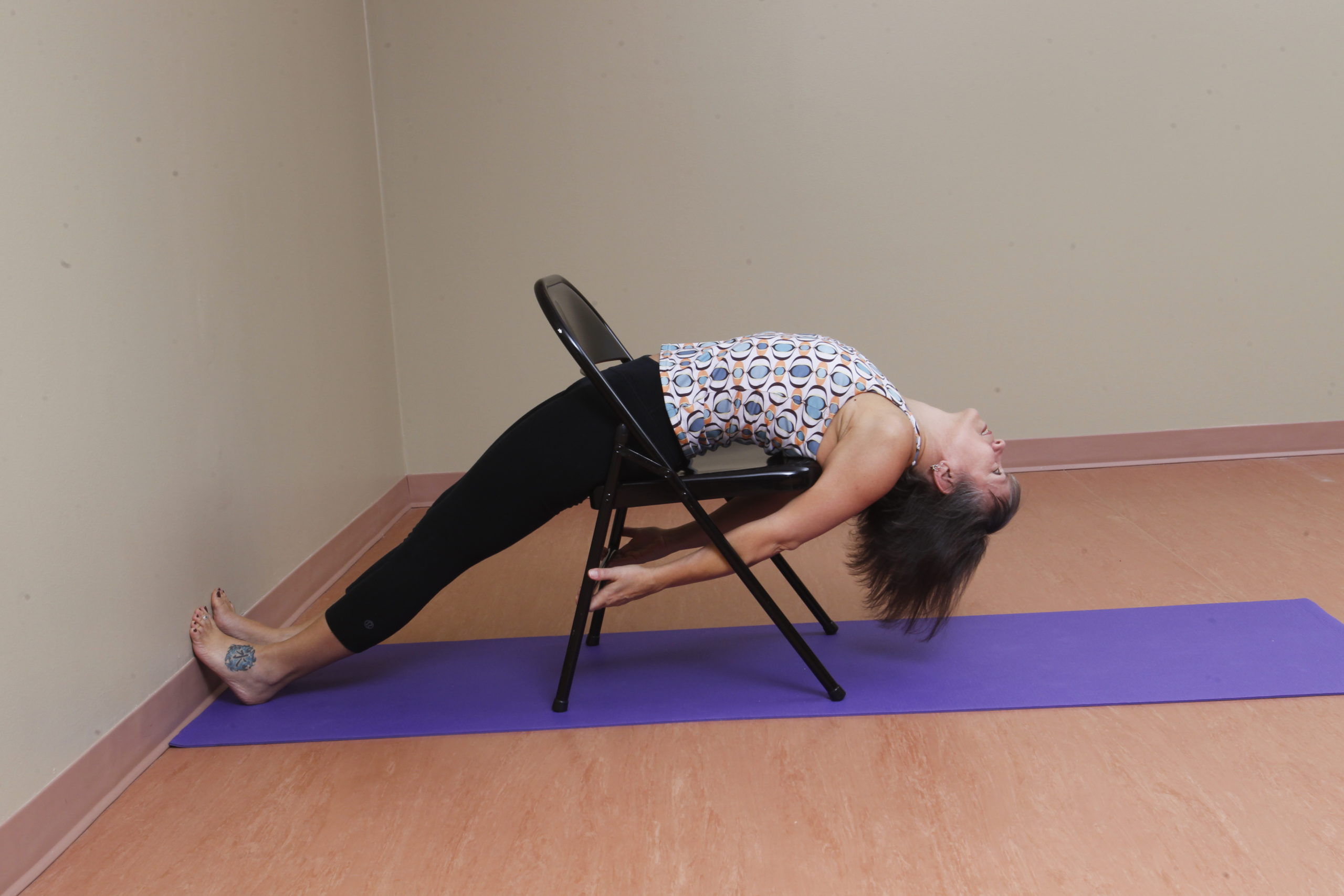
SALAMBA PURVOTTANASANA (Supported Upward Plank Pose)
30 – 50 Breaths
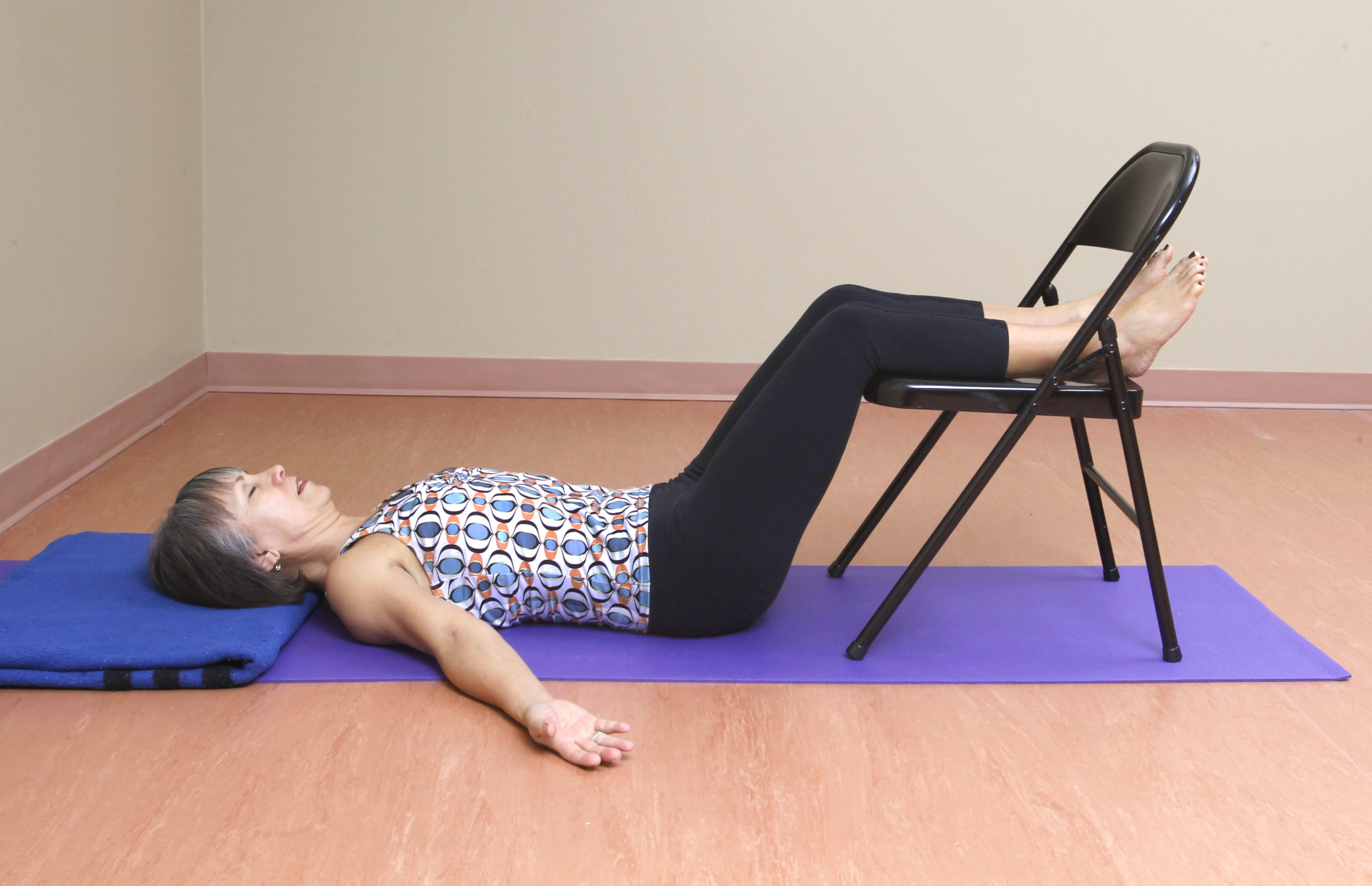
SAVASANA (Corpse Pose) 5 – 10 minutes
May your focused mind absorb the wisdom of wholeness. Namaste.


